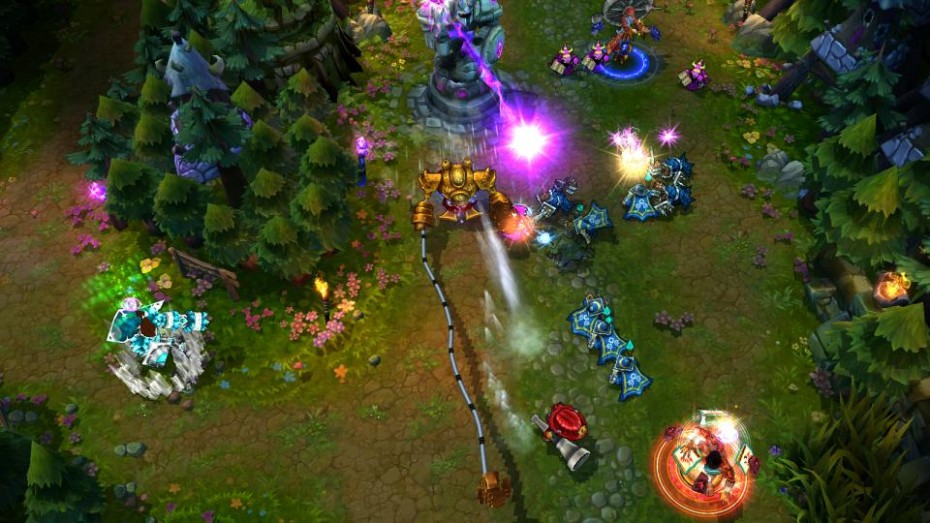

Role-playing games allow players to do more than just play – they get to actually create the characters in the game and embark on an adventure that’s somewhat unique to that character. The desire to beat the game is fed as a player “levels up,” or finds the next hidden clue. This “hook” isn’t used in online role-playing games but is found in nearly every gaming system. Here the goal may be to rise up the leaderboard or to gain bragging rights over friends. Some games involve forming clans to compete against other groups of players while others use the last man standing “battle royale” format, most famously Fortnite. There are many permutations of online competitive gaming. More and more gamers are competing with or against friends and other players from across the world via the internet. Trying to beat the high score (even if the player is trying to beat his own score) can keep a player engrossed for hours. Whether you’ve tried out the latest edition of Grand Theft Auto or haven’t played a video game since PacMan, the high score or completion percentage is one of the most easily recognizable hooks. There are several “hooks” that are built into games with the intent of making them “addictive”: In that respect, the design of video games is similar to the design of gambling casinos, which will allow players to have small “wins” that keep them playing. Games that hook players are often designed to be just difficult enough to be truly challenging, while allowing players to achieve small accomplishments that compel them to keep playing. But what begins as an immersive escape can, for some, develop from a harmless form of entertainment into a more consuming addiction. This doesn’t mean that game developers harbor the malicious intention of hooking a new generation of young people on video games. This is particularly true for game developers whose business model relies on in-game purchases.Īs much as anyone, gaming designers themselves try to answer the question, “What makes a video game addictive?” They want you – once you log in or pick up that controller – to not want to stop playing. Not “addictive” in the clinical sense of the word, but game designers are always looking for ways to make their games more interesting in order to increase the amount of time people spend playing them. For starters, video games are designed to be addictive.

Having a hard time getting your child away from the TV or computer? Read Why Won’t My Child Stop Playing Video Games? for help on weaning your child from games and the internet.Īs with any addiction, video game or “gaming” addiction is usually a multi-faceted issue. But what makes a game addictive? Are there certain characteristics that make some games more addictive than others? Why are some teens more susceptible than others to this kind of addiction?


 0 kommentar(er)
0 kommentar(er)
